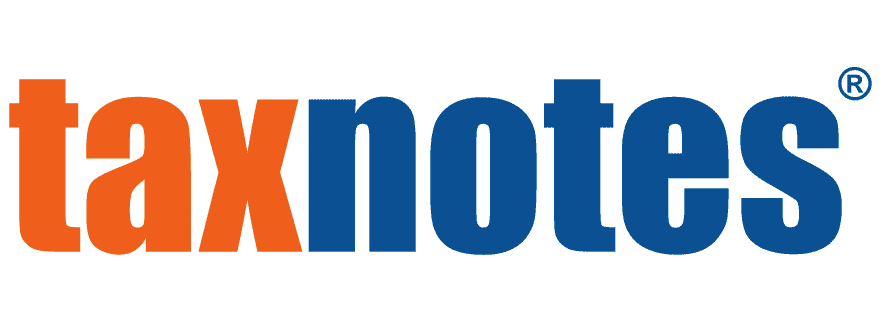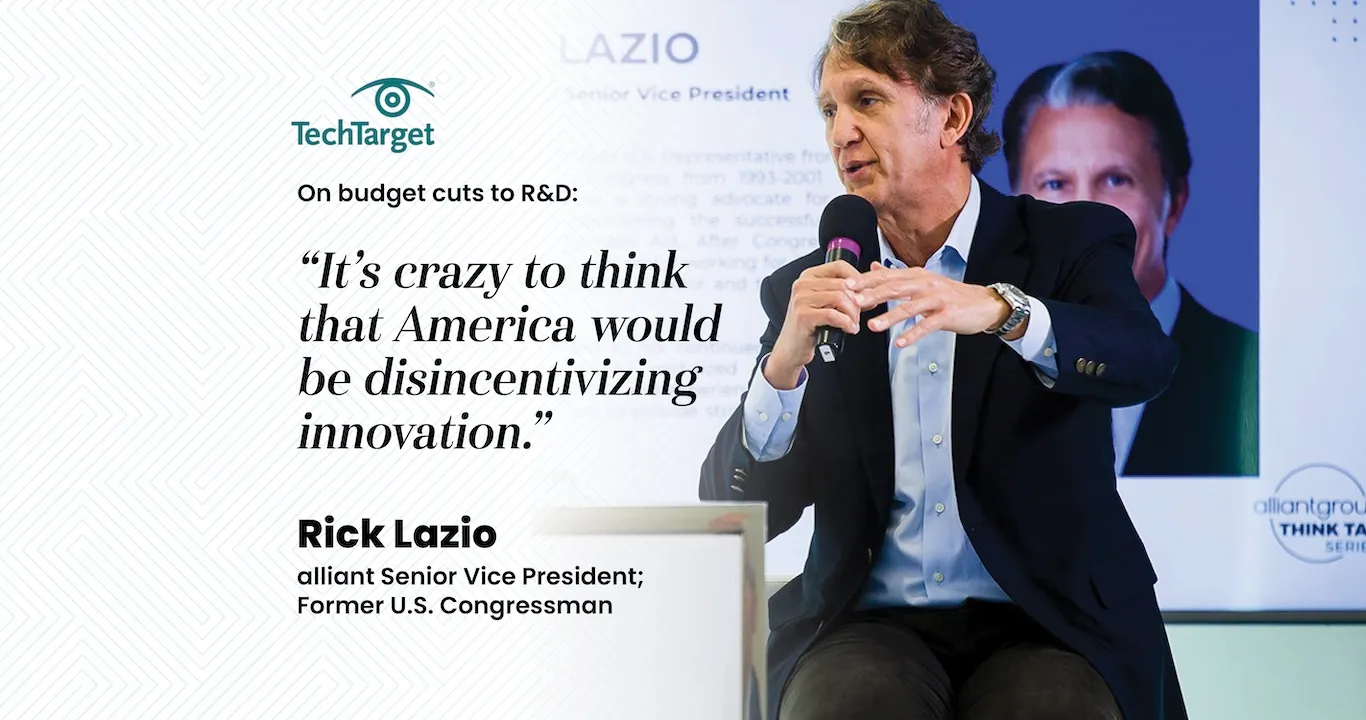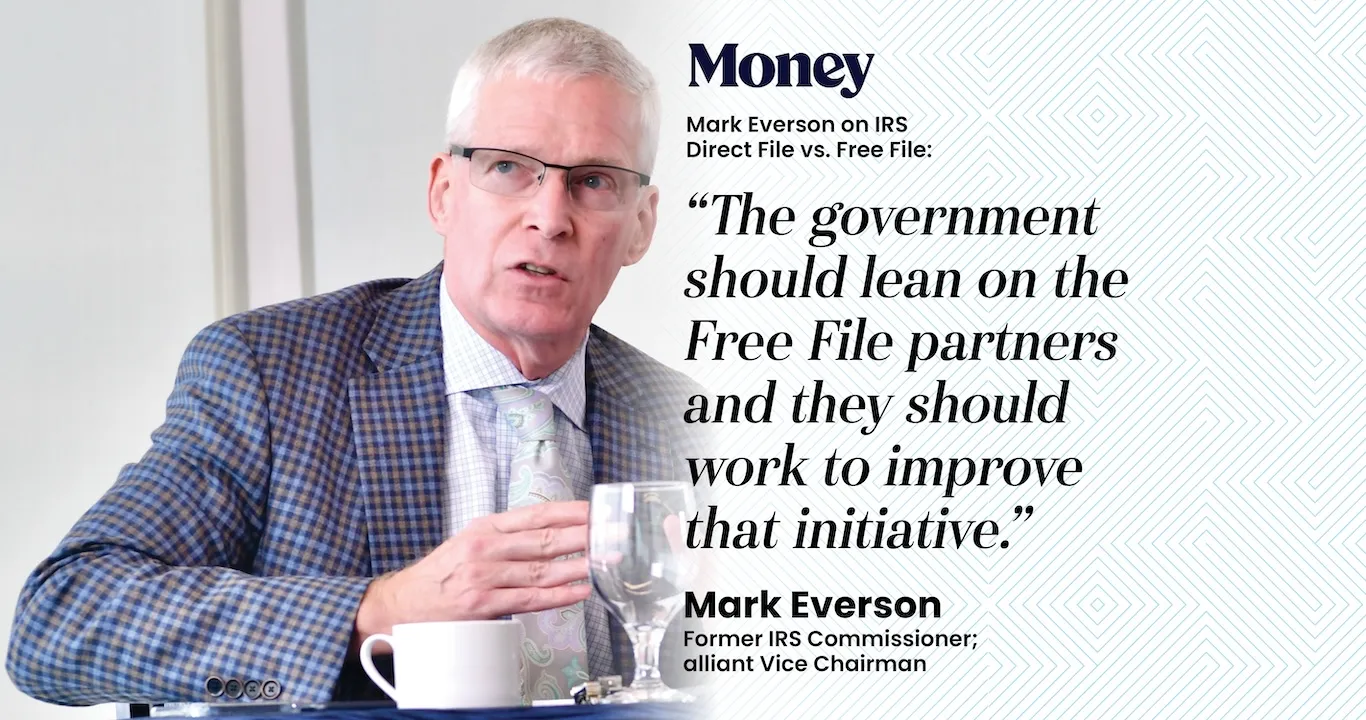JANUARY 30, 2023 | PUBLISHED IN
by Eric Hylton, Former IRS Commissioner of the Small Business/Self Employed Division; alliantgroup National Director of Compliance and Donald Sniezek, Former IRS Examination Executive; Senior Technical Advisor
If you have any questions about this article, please send us a message.
To the Editor:
In its recently released Strategic Plan for Fiscal Years 2022-2026, the IRS described how it will leverage technology and data analytics as a key component for achieving its goals within four strategic areas: service, enforcement, people, and transformation. In the plan, the IRS listed “improving data management and analytics” as one of its six focus areas for improving taxpayer experience and transforming the agency.
At first glance, the uninitiated might not recognize how access to more robust data and advanced analytics could improve the taxpayer experience at all. However, the presumption that improved data analytics will only enhance the agency’s enforcement goals is misplaced.
Although better data and analytics will certainly enhance the agency’s ability to identify noncompliance and likely increase the number of audits, these same enhanced analytical capabilities can be leveraged to improve taxpayer interactions with the IRS. The IRS having access to more and stronger data sets should not only help shrink the tax gap through improved enforcement measures but also increase voluntary compliance, support an efficient taxpayer experience, and better serve the public.
Advanced data analytics has for years been a hallmark of quality customer service at global financial institutions. For instance, think about how you correspond with your bank or other financial institutions. Interactions with the IRS should be on par with those experiences. Over the past few decades, improving data systems, increasing the quality of that data, and applying advanced analytics have become cornerstone capabilities for operational and strategic decision- making, both for the IRS and for tax administration globally.
Data-based decisions should drive where resources are deployed, whether it be to train a call site representative in a specific area, determine taxpayer needs and preferences, better understand customer behavior to help the American public voluntarily comply with the complex world of tax law, or enhance the ability to detect tax noncompliance and address that noncompliance with tailored, cost-effective treatment streams.
The strategic plan states that it will be “crucial to enhance the taxpayer experience by prioritizing data accessibility and analytical skill development to improve how we evaluate compliance.” In short, data-driven decision-making needs to enhance operational effectiveness that, in the end, will result in what many in Congress and the public have for years been asking for: a more efficient and taxpayer-first IRS.
The Office of Research, Applied Analytics, and Statistics (RAAS) is the IRS’s “centralized research and analytic organization” and has an enterprise-wide focus, led by the agency’s chief data and analytics officer.5 RAAS’s mission, as outlined by the IRS, is “to lead a data-driven culture through innovative and strategic research, analytics, statistics and technology services in partnership with internal and external stakeholders.” It advocates for data-driven agency decision-making through its collaboration with embedded research functions at the IRS. RAAS also maintains some of the government’s largest data repositories, including the Compliance Data Warehouse.
But how exactly can RAAS use improved data and advanced analytics to enhance the taxpayer experience, affect the tax gap, and increase the efficiency of IRS operations? How will data driven decision-making accomplish this? A couple of examples and use cases related to the strategic goals of enforcement and service may help to illustrate and establish the business case for the IRS to continue moving in this direction.
Enforcement
Over the years, data-centric teams at the IRS have used a “test-and-learn” approach to help the agency better evaluate, and ultimately resolve, enforcement actions. For instance, through its Data and Analytics Strategic Integration Board, the IRS launched an initiative to address noncompliance within the employment tax arena.
Using advanced analytics, the Service was able to identify employers that collected employment taxes from employees but failed to report the taxes to the IRS or Social Security Administration. Several criminal and civil investigations were initiated as a result of the Servicewide endeavor. The key ingredient was matching subject matter experts, or compliance employees, with data scientists to establish a “test-and-learn” environment, or iterative process, to develop systematic algorithms to effectively address noncompliance.
The IRS Large Business and International Division also leveraged this approach to develop the Large Corporate Compliance program and is now piloting a similar analytical method for large partnerships. This permitted LB&I to move toward a data-driven, risk-based approach to audit selection and away from its prior continuous audit program of large taxpayers. Thus, taxpayers with low compliance risk are no longer subject to a loop of continuous audits.
However, there is still room for improvement. Recent figures show that nearly 40 percent of audits of large corporations result in no change. For individual taxpayers, however, the rate of no- change audits has decreased from 2010 to 2021.
Reducing the no-change rate improves the taxpayer experience by ensuring that IRS resources are not erroneously focused on compliant taxpayers.
The Nationally Coordinated Investigations Unit has increasingly used data to help with case selection for the agency’s Criminal Investigation division. The new Office of Fraud Enforcement is working to use data for the same purpose by bringing together a variety of IRS operating divisions. The Office of Fraud Enforcement has stated that it intends to use data analytics to pinpoint issue areas based upon calculable risk.
Overall, enforcement actions take an immense amount of time and resources, but leveraging advanced data analytics will provide the IRS with better insight into the optimal enforcement strategy and keep compliant taxpayers out of this arena.
Service
To improve the service arm of the taxpayer experience, the IRS needs to continue to improve its understanding of taxpayer needs and preferences. Specifically, the agency needs to leverage advanced data analytics to increase public services and provide taxpayers with tools and ease of access to encourage voluntary compliance.
IRS has started down this path by using behavioral data to redesign notices that inform taxpayers about their accounts and taxes due. For example, the IRS has added bar code technology to notices sent to millions of taxpayers. Taxpayers can now use their smartphones on select notices to scan a QR code and go directly to IRS.gov to securely access their account, set up a payment plan, or contact the Taxpayer Advocate Service.
Similarly, within the advanced analytics ecosystem, the Service is deploying new artificial intelligence chat bots to improve customer service for phone call centers. Efforts to increase the level of service, reduce call wait times, and more quickly resolve taxpayer inquiries must continue to be a priority.
According to Darren Guillot, commissioner of the IRS Small Business/Self- Employed Division, in August 2022 the agency added the ability for users to use voice bots to request account transcripts and determine where to send tax returns and payments. Since June 14, 2022, these authenticated voice bots have handled more than a million calls and created, modified, or extended about 7,600 installment agreements worth over $50 million in balances due.
Historically plagued by a lack of adequate funding, the IRS will now benefit greatly from its recent increase in funding through the Inflation Reduction Act (P.L. 117-169). Through the act, the IRS will receive $80 billion over the next 10 years that will go toward enforcement and modernization efforts.
In response to this new funding, Treasury Secretary Janet Yellen has directed the IRS to submit its operational plan on how these resources will be spent over the 10-year period on technology, service improvement, and personnel. This report, due by February 17, will presumably have to commit considerable space, funding allocations, and ideas to this vital area of data and advanced analytics, as they are significant components of the IRS strategic plan.
Although many critics have held the position that this funding will only serve to create an overzealous tax collection system, the truth of the matter is that if used effectively, these new monies can be put toward a variety of tools, including data analytics, that can optimize agency operations that will significantly improve the end-to-end taxpayer experience.
About the Author

Eric Hylton held several prominent positions at the IRS, including serving as Deputy of the Criminal Investigation Division and as CI’s head of International Operations. As National Director of Compliance, Eric employs his years of experience at the IRS to assist alliantgroup’s clients as an ambassador for U.S. small and medium sized businesses (SMBs) and in helping others become tax compliant.

Sniezek joins alliantgroup from the IRS, where he spent more than 34 years of his career, holding a number of Senior Executive Service positions culminating in appointment as Director of Examination Headquarters for the Small Business and Self-Employed (SBSE) Division. He will use his years of experience at the IRS to assist alliantgroup’s clients as a technical advisor and ambassador for U.S. small and medium sized businesses (SMBs).



